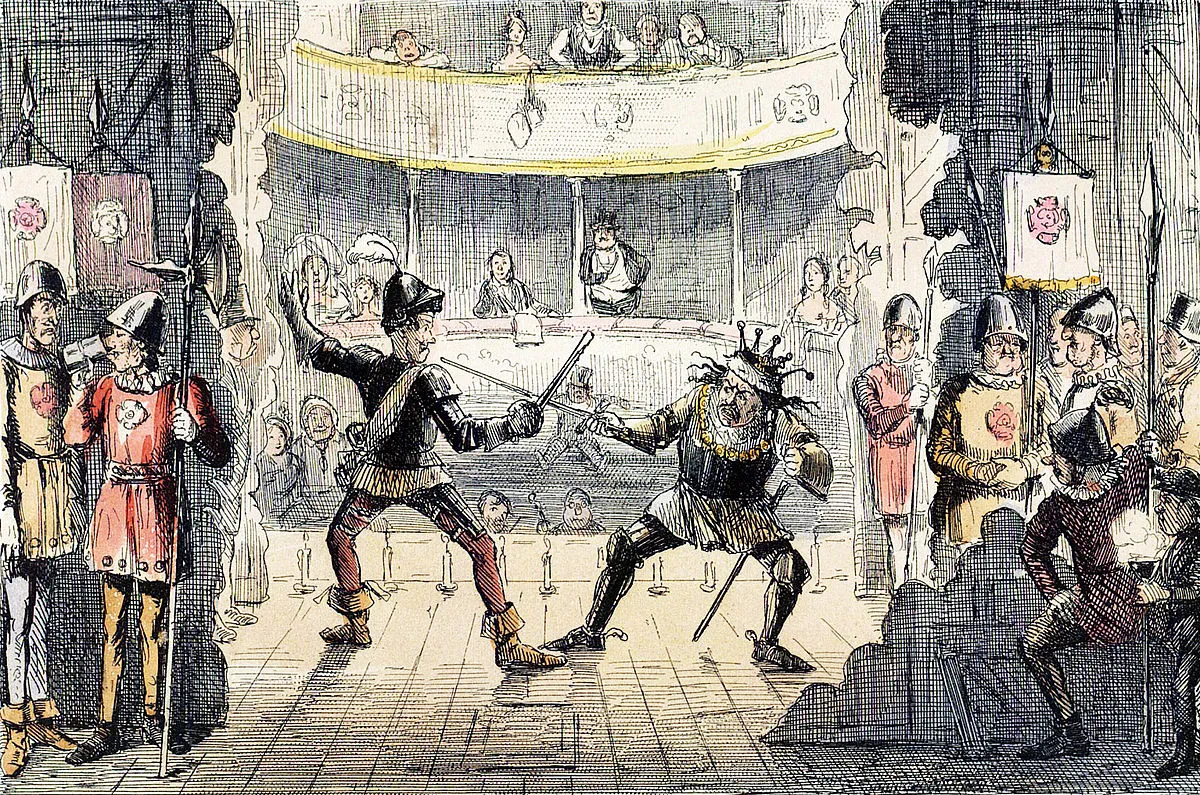Introduction
Dramatization is a powerful storytelling technique that has been captivating audiences for centuries. From ancient Greek tragedies to modern-day blockbuster films, the art of dramatization continues to evolve and mesmerize. In this exploration, we delve into the intricacies of dramatization, examining its historical roots, its psychological impact on audiences, and its application in various forms of storytelling.
I. Historical Roots of Dramatization
Ancient Greek Drama:
The origins of dramatization can be traced back to ancient Greek theater, where playwrights like Aeschylus, Sophocles, and Euripides used dramatic elements to convey profound narratives. The use of exaggerated emotions, larger-than-life characters, and intense conflicts laid the foundation for the dramatic tradition.
Shakespearean Drama:
The Elizabethan era brought forth the works of William Shakespeare, a master of dramatization. Through his plays, such as “Hamlet,” “Macbeth,” and “Romeo and Juliet,” Shakespeare explored the depths of human emotion, employing dramatic devices to heighten tension and engage his audience.
II. Psychological Impact of Dramatization
Emotional Engagement:
Dramatization creates a heightened emotional experience for the audience. By intensifying characters’ emotions and conflicts, storytellers tap into the viewer’s empathy, forging a deep connection between the audience and the narrative. This emotional engagement is crucial for a memorable and impactful storytelling experience.
Suspense and Tension:
The use of dramatic tension keeps audiences on the edge of their seats. Whether it’s a climactic confrontation between characters or a ticking time bomb scenario, dramatization heightens suspense, making the narrative more gripping and memorable.
Catharsis:
Aristotle’s concept of catharsis is integral to dramatization. Through the intense emotional experiences portrayed in a story, audiences undergo a cathartic release, purging their own emotions vicariously. This emotional cleansing enhances the overall satisfaction derived from the narrative.
III. Forms of Dramatization in Different Mediums
Film and Television:
In the realm of visual storytelling, dramatization is a cornerstone. Filmmakers and TV creators utilize cinematic techniques, powerful performances, and compelling dialogue to bring narratives to life. The close-up, the musical score, and the carefully crafted screenplay all contribute to the dramatic impact of visual storytelling.
Literature:
Authors harness the power of words to create dramatic tension on the page. Through vivid descriptions, well-developed characters, and intricate plots, writers immerse readers in worlds where the stakes are high and emotions run deep. Classic literature, from the works of Charles Dickens to F. Scott Fitzgerald, showcases the timeless appeal of dramatization in written form.
Theater:
Live performances on the stage rely heavily on dramatization. The interaction between actors and the immediacy of the audience’s response create a unique dynamic. The use of lighting, set design, and powerful monologues enhances the dramatic impact of theatrical productions.
IV. Techniques of Dramatization
Characterization:
Compelling characters are at the heart of dramatization. Writers and creators invest time in developing multidimensional characters with flaws, motivations, and conflicts. This complexity adds depth to the narrative, making the audience emotionally invested in the characters’ journeys.
Conflict and Resolution:
Dramatization thrives on conflict. Whether it’s internal struggles within a character or external clashes between opposing forces, conflict drives the narrative forward. The resolution of these conflicts, often through a climactic moment, provides a satisfying conclusion to the audience.
Pacing:
The art of pacing is crucial in dramatization. The strategic placement of intense moments, interspersed with quieter scenes, creates a dynamic rhythm that keeps the audience engaged. Pacing is a delicate balance that ensures the narrative unfolds at a compelling and satisfying rate.
V. The Evolution of Dramatization in the Digital Age
Digital Storytelling:
In the age of digital media, storytelling has taken on new dimensions. Interactive storytelling in video games, immersive experiences in virtual reality, and the serialization of narratives in web series all showcase the adaptability of dramatization in the digital realm.
Social Media and Micro-Dramas:
The rise of social media has given birth to micro-dramas – short, impactful narratives often conveyed through platforms like TikTok or Twitter. These bite-sized stories leverage dramatization to capture attention quickly and resonate with diverse audiences.
VI. Challenges and Criticisms
Overreliance on Spectacle:
Critics argue that in contemporary storytelling, there is an overreliance on spectacle at the expense of substance. The emphasis on visual effects and action sequences sometimes overshadows the nuanced storytelling elements that make dramatization truly powerful.
Stereotyping and Clichés:
Another challenge is the risk of falling into stereotypes and clichés when employing dramatization. Characters and conflicts may become formulaic, diminishing the impact on audiences familiar with repetitive narratives.
Conclusion
In conclusion, the art of dramatization remains a vital and evolving force in storytelling. From ancient amphitheaters to virtual reality experiences, dramatization has adapted to diverse mediums while retaining its core principles of emotional engagement, tension, and catharsis. As we continue to explore new horizons in storytelling, the timeless power of dramatization ensures its enduring relevance in captivating the hearts and minds of audiences worldwide.

